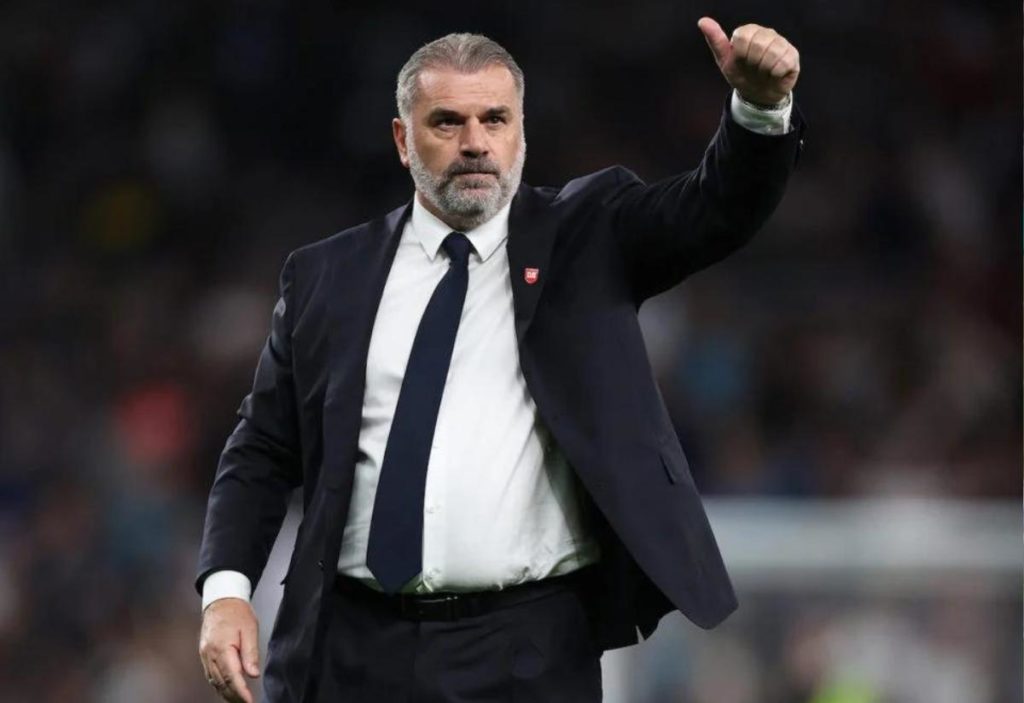In a nuanced evaluation of Tottenham Hotspur’s current squad dynamics, seasoned expert John Wenham offers a strategic insight, proposing that the club should actively pursue the sale of Pierre-Emile Hojbjerg in the ongoing January transfer window. Wenham underlines his stance by asserting that Hojbjerg “is obviously not in the plans” of Spurs’ manager, Ange Postecoglou. This statement aligns with recent developments indicating Hojbjerg’s limited role in the team, having started only five Premier League games since Postecoglou assumed the managerial reins at the beginning of the season.
Sky Sports News, a reputable source for transfer-related updates, has reported that Tottenham is in no hurry to determine Hojbjerg’s future, suggesting that the decision might extend until the final days of the transfer window. This deliberate approach indicates that Spurs are carefully weighing their options, contemplating the potential departure of the Danish midfielder and the subsequent recruitment of a replacement.
The dynamic nature of this situation becomes evident as Tottenham remains resolute in not entertaining any “cut-price deals” for Hojbjerg. The club, which faces competition from Italian giants Juventus and Napoli, as well as interest from other Premier League sides, is determined to secure a fair valuation for the 28-year-old midfielder. This insistence on financial prudence underscores Tottenham’s commitment to shrewd business dealings, even in the volatile mid-season transfer market.
Wenham’s strategic viewpoint emphasizes the importance of offloading Hojbjerg as a precursor to fortifying the squad. With a mere 18 months left on his current deal, the Danish international becomes an intriguing asset in the transfer market. Wenham envisions the sale of Hojbjerg not only as a tactical move but also as a crucial step in the ongoing rebuild at Tottenham. The central midfield, according to Wenham, requires significant attention and reinforcement, a task that could be more effectively undertaken with the resources generated from Hojbjerg’s departure.
This multifaceted perspective encapsulates the intricate decision-making process Tottenham finds itself navigating as the transfer window progresses. The delicate balance between extracting optimum value for a player of Hojbjerg’s caliber and seamlessly integrating a replacement reflects the intricate chess game that characterizes the modern football transfer market. As Spurs fans await the denouement of this strategic maneuvering, the overarching narrative revolves around how this calculated move fits into the broader context of the club’s resurgence under Postecoglou’s managerial vision.
